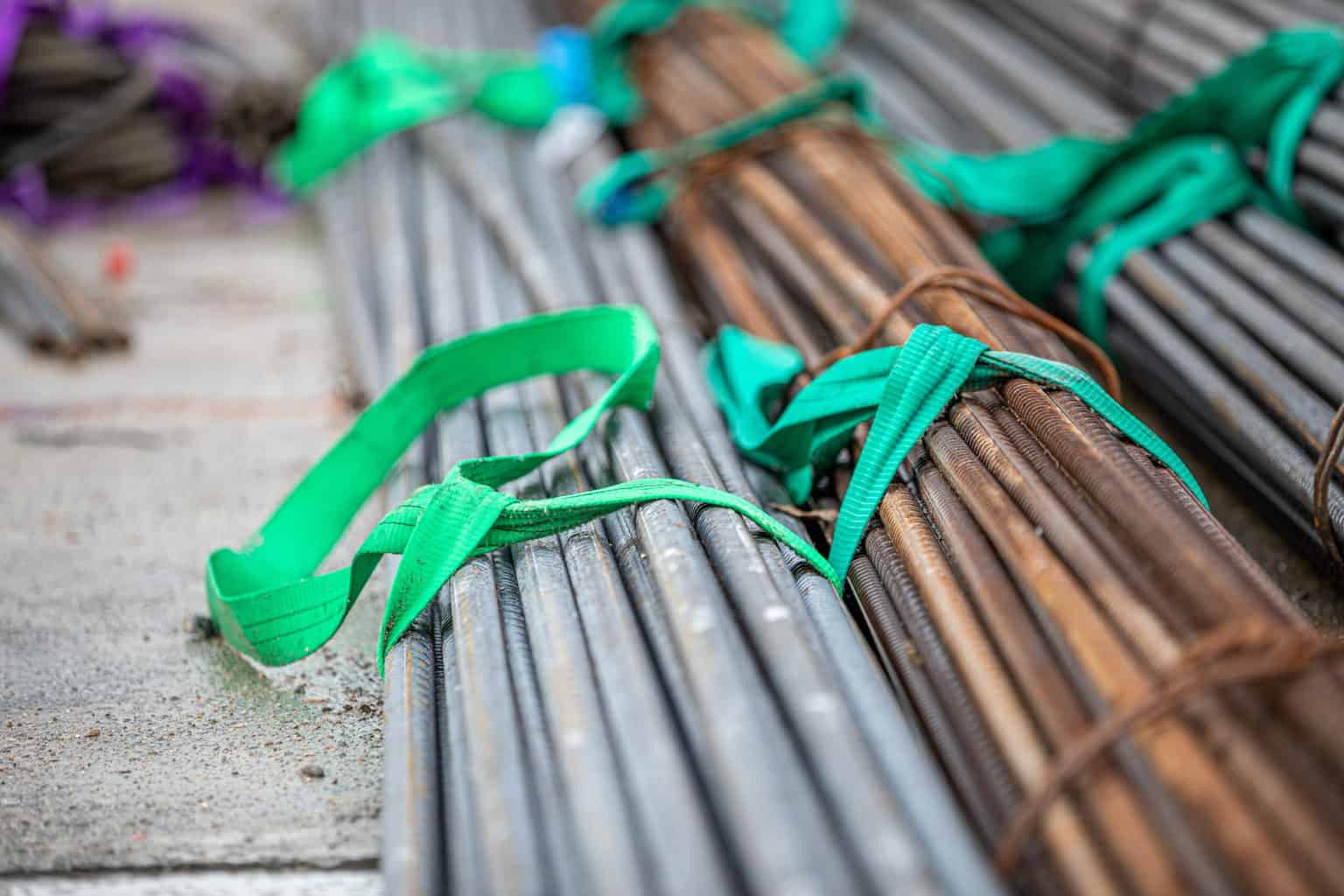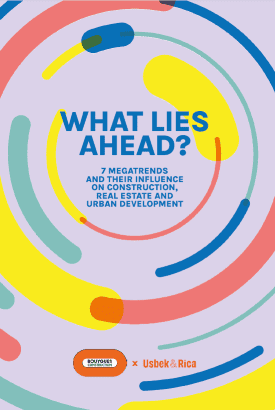
Monaco’s offshore extension: ecological engineering at the core of project design
3 minutes of reading
Creating this 6-hectare offshore space between two reserves that are marine protected areas (the underwater reserve of Larvotto and the Spélugues coral reef), illustrates the particular care given to respecting the site’s biodiversity and attention paid to impacts arising from the worksite.
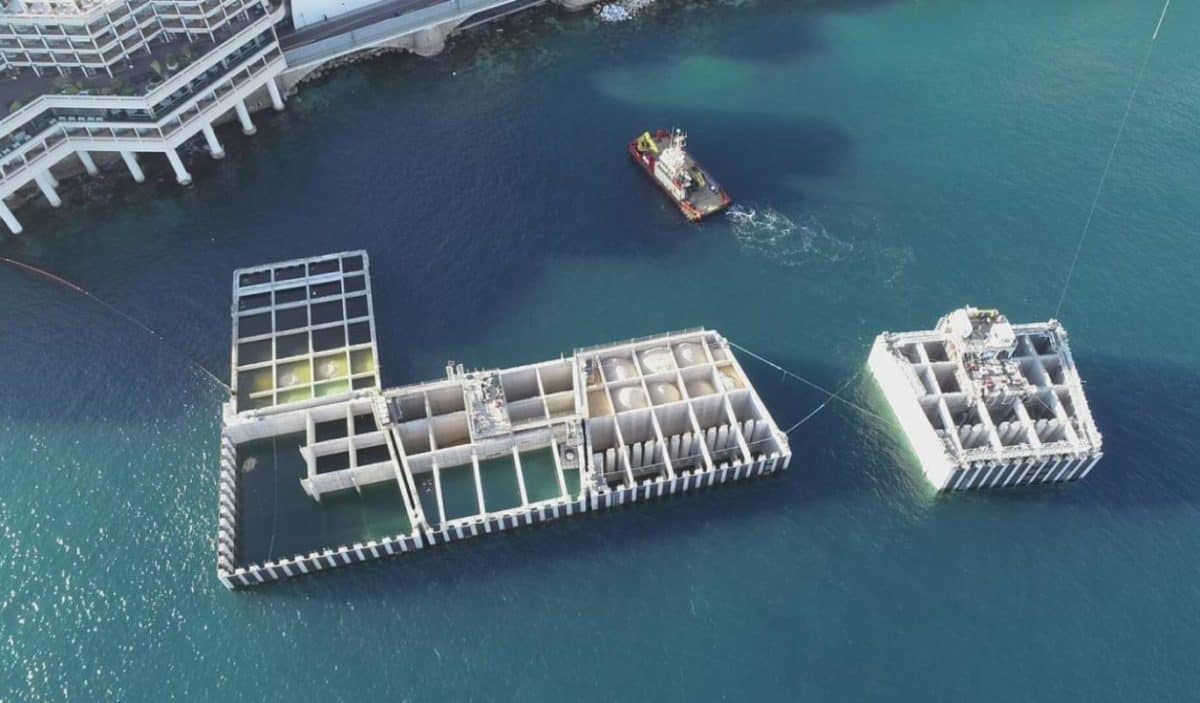
Protecting flora and fauna is a priority
An environmental impact study was carried out upstream by Bouygues Travaux Publics and its partners to identify the environmental challenges linked to the work and develop dedicated answers. The site represents a genuine laboratory for developing innovative methods and technologies to minimise the impacts of large-scale offshore work. From design to execution of the construction programme, an arsenal of measures has been set up. To avoid disturbing the natural environment, 518m2 of Posidonia meadows were moved in underwater planters to the foot of the Fontvieille breakwater. Eight riprap blocks, colonised by lithophyllum bissoide algae, were also relocated. All these specimens are being monitored to ensure they adapt properly.A worksite with limited impact
During the work phases, two potential impacts were identified: increased water turbidity(1) due to the removal of silt and positioning of backfill, and sedimentation. Construction methods have consequently been adapted: anti-turbidity underwater screens surround the work zone to prevent particles from spreading and a network of buoys makes it possible to monitor turbidity continuously around the site, while divers regularly remove sediments that have settled on the coral and Posidonia meadows. Underwater sounds are also supervised to avoid any impact on marine mammals. A code of good conduct observed by all companies involved on the worksite limits neighbourhood sound pollution.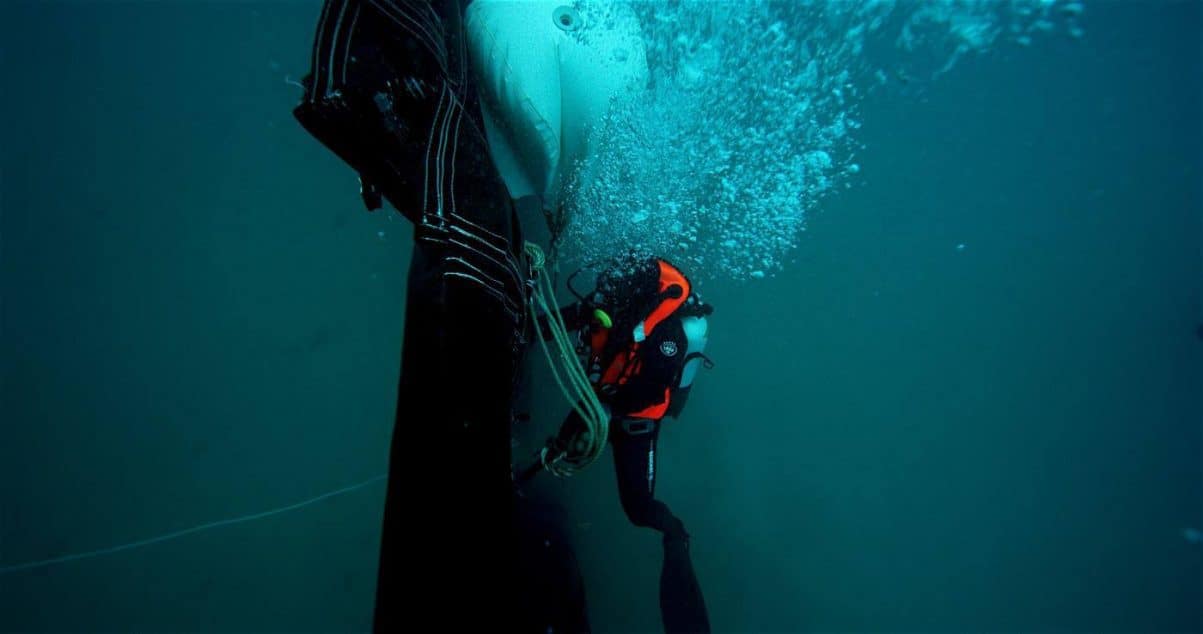
A site thought for the sea
The very architecture of the district respects an environmental mindset. Its form follows the natural flow of the Ligurian marine current, and the façades of the concrete caissons -forming the new district’s belt- are grooved to facilitate colonisation of the submerged parts by certain underwater species. The embankment work(2) is specially designed to foster biodiversity and receive artificial habitats. Artificial reefs have even been designed to adapt ecological corridors and ensure continuity with neighbouring maritime reserves.(1) If too many particles are in suspension, the quantity of light in the water diminishes, which impairs photosynthesis. (2) Chambers in front of the caissons break the swell.
Most read
More reading
Read also

Article
20 minutes of reading
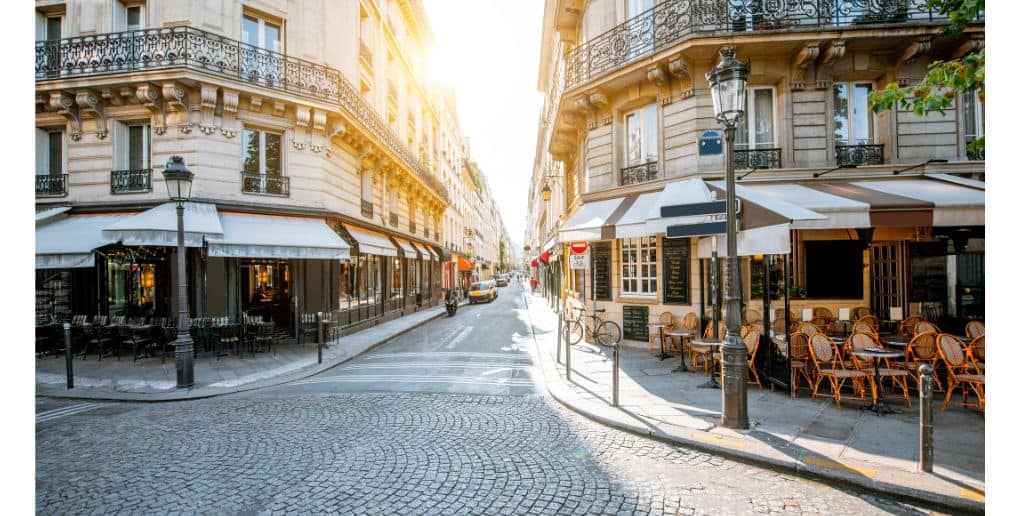
Energy
in partnership with


‘Paris at 50°C’: a fact-finding mission to prepare Paris for future heatwaves
Article
2 minutes of reading
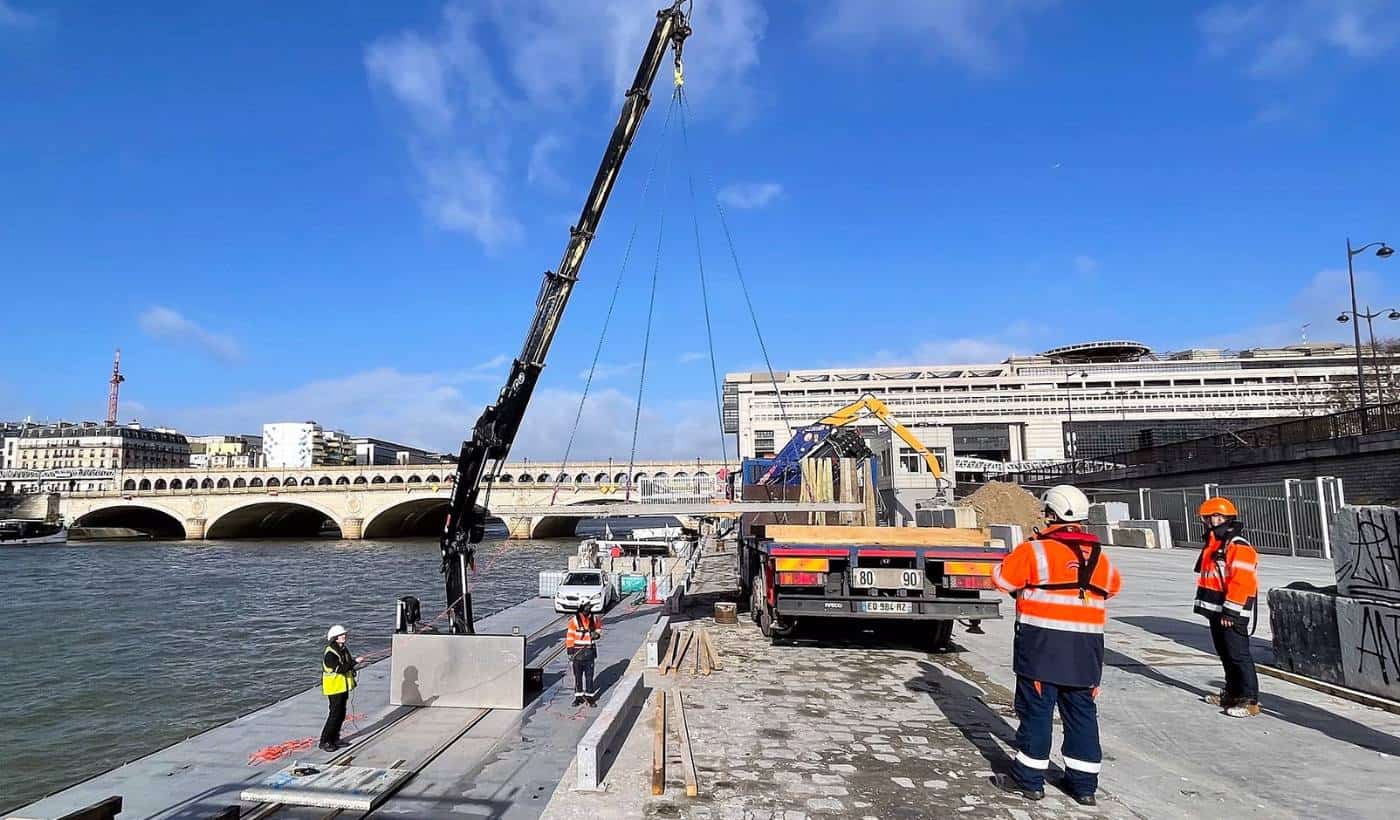
What if your sites were supplied via rivers instead of roads?
Article
3 minutes of reading
